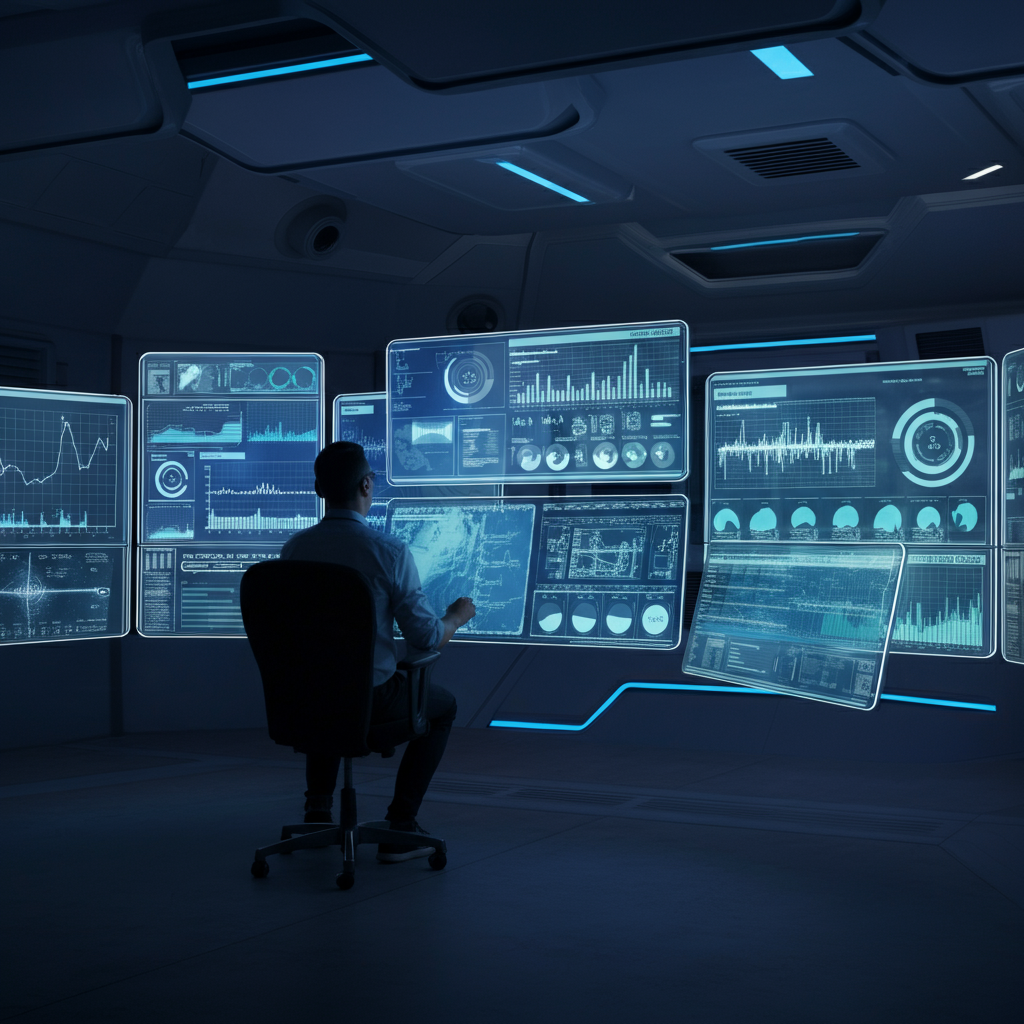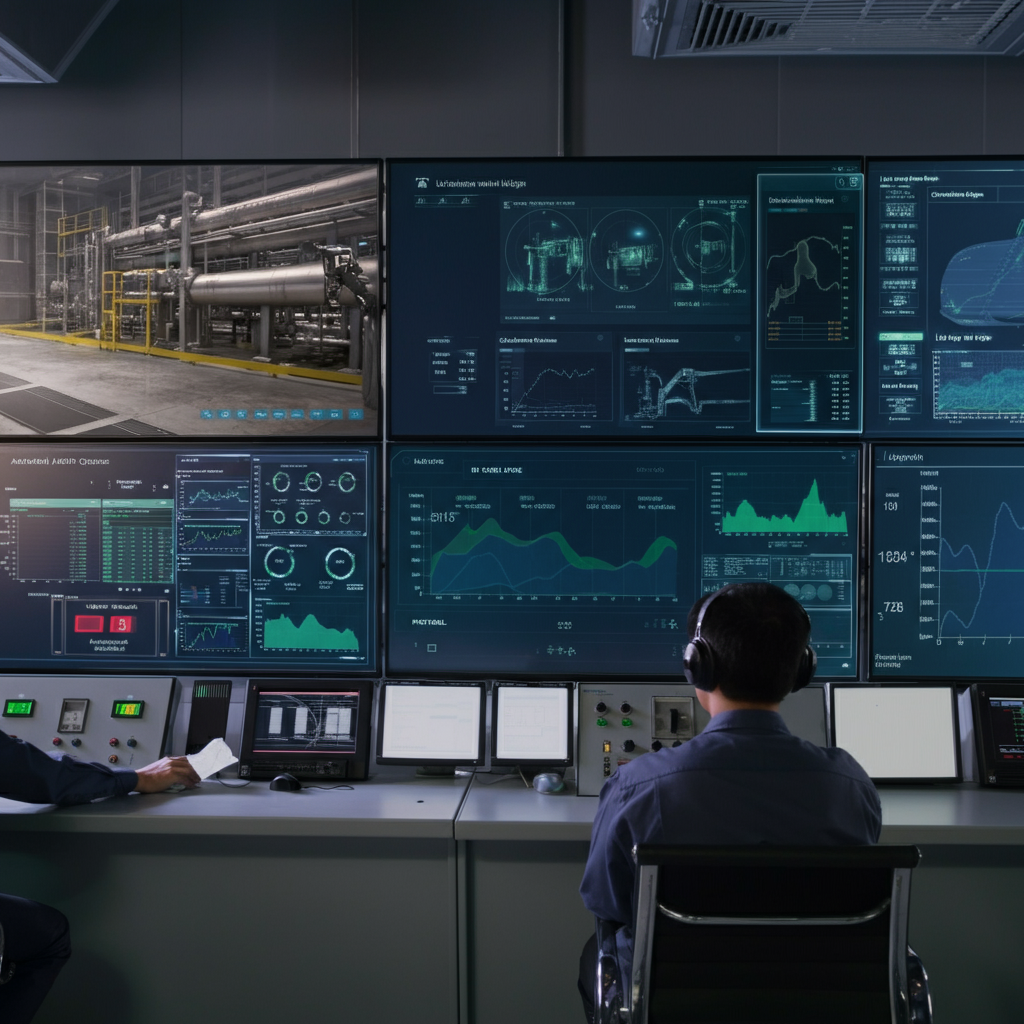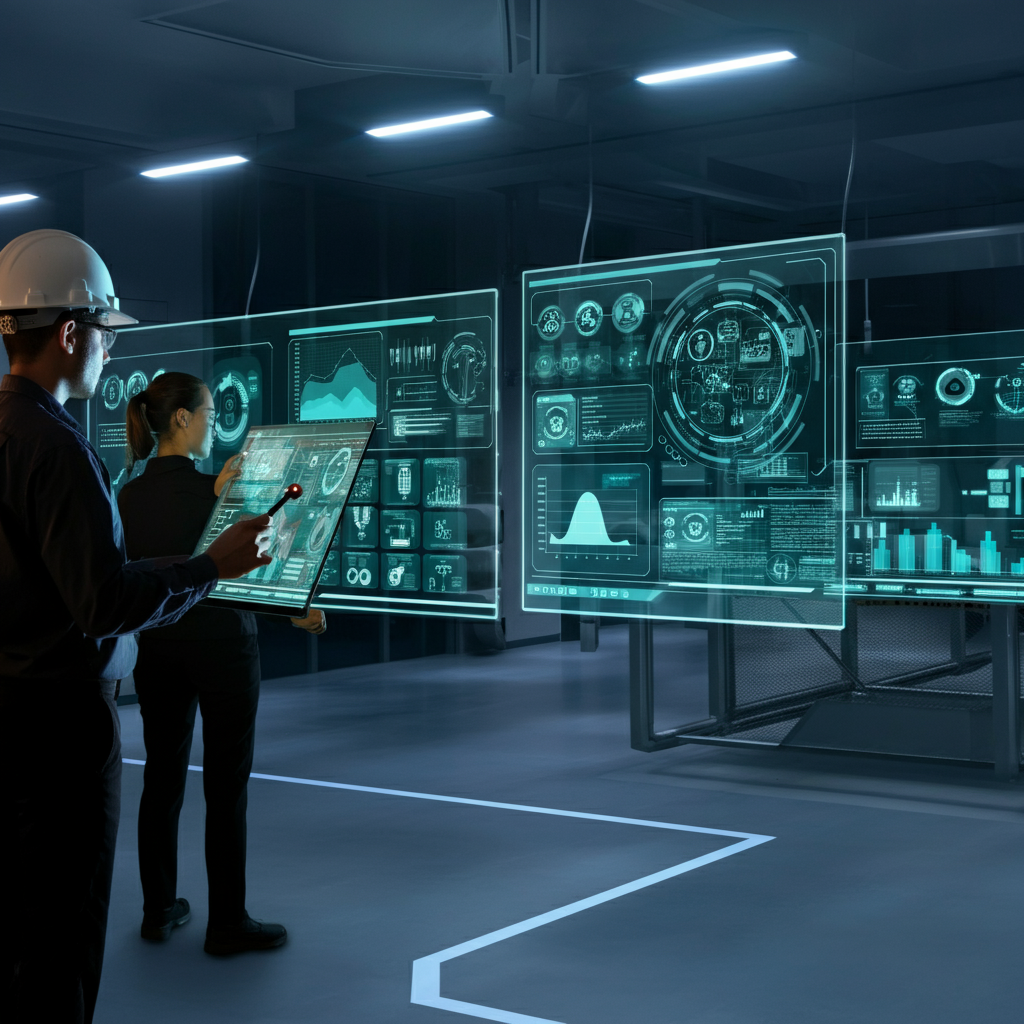In today's rapidly changing technological landscape, industries are constantly looking for ways to integrate new solutions that enhance safety, efficiency, and overall operability. However, introducing new technologies, particularly in highly regulated and conservative industries, presents a unique set of challenges.
3 min read
Challenges and strategies for integrating new technologies in industrial environments
By Michael Gani on 06/05/25 10:39
Topics: Digitalization
6 min read
How do we increase efficiency with integrated operations centres?
By Ivan Rott on 19/10/22 11:45
For modern industry, digitalization is about ensuring effectiveness and efficiency of operations by collecting quality data available from the plant and organization, turning the data into insights, and insight into actions. The recent "industry 4.0" and "IIoT" trends has made a lot of data available. So now we have to make sure this data is properly utilized in the design and operational decision-making processes to ensure commercial and competitive advantage.
The Integrated Operations Centers (IOCs) enables and promotes a strategy for more forward-looking operations. We can see an increased number of more centralized collaborative environments, which are set up with inter-disciplinary resources who use enhanced data integration, visualization, analysis and new technologies. Some companies uses other terms such as SMART room, operation centers or digital operations support centers. One example is the ADNOC impressive Panorama Digital Command Center.
Support activities for plant operation are already well established. Remote technologies have been used for common operational tasks for a long time. These tasks include: plant equipment diagnostics, process monitoring, maintenance planning, and historical event/alarm analysis. The future plans include more operations being carried out remotely, reducing the need for exposing people to high risk situations. Remotely controlled and even autonomously operated plants are being planned.
The Future of IOC
Current digitalization trends drive more focus, new users, and more applications into the IOC environment. It is important that the centers keep applying better digital technologies, as this enables working smarter, safer, and more efficiently. This may also support collaboration with suppliers and partners and improve how knowledge is shared across the internal and external organization.
As a result we can expect that the IOC expansion will change the work dynamics between the remote work environment and the operational setup on-site. The tasks for a modern IOC environment includes advanced optimization of production, collaborative work tools, more predictive maintenance planning/execution activities, and other smart manufacturing tools facilitating safer and more efficient, sustainable production.
The purpose and benefits of the IOC
We should expect a range of different setups, solutions and technologies being adapted among the different companies establishing an IOC environment. The IOC will in most cases serve as a back-office support center while the control room always are the "hands" for operating the plant. Hence role of the control room is to instantly deal with production issues while IOC mainly deals with long-term optimization and are supporting all stakeholders.
The IOC could be set up with a wide variety of task with adapted tools and technologies handled by different experts and teams. Among them can be: Reservoir, Drilling and Wells, Rotation Equipment, Logistics, Meetering, Emissions and Power consumptions, Process Optimization, Maintenance, RCA and event analysis, Emergency Teams and Stand-By services, and more.
There is no doubt that all these experts and teams will provide information, experiences and improved data-analytics on how to tune equipment and processes, calculate power consumptions and emissions, understand the wells and reservoir behaviours, etc, which will help with the production efficiency. Therefore, it is important that all the data and resources are planned, integrated and "operationalized" so they will ensure better and safer operations. This also implies that for support to the "live-operation", the control room operators will need to know which situations they should call for support, to whom and when, as well as when personnel from IOC proactively contacts the control room. The control room will need the correct support at the right time.
It is important to be aware that smart applications and expert resources may not always work seamlessly together without adding new complexity and risks. For unmanned assets, we have to make sure that we have captured all possible equipment- and process-failures and implemented the automated means to deal with them.
The Control room Operator's needs
For the control room operators (whether on-site at a manned installation or at a remote control room), the information needed for decision-making could have increased during the past few years. The IOC acts as a decision support system and bring end-to-end operational visibility across facilities, for safe and effective operations. More monitoring, calculations, and forward-looking information will help the control room operators with better operations, however it also adds complexity to the plant operations.
Recent research discusses the topics of situational awareness vs. advanced situational awareness and concludes that building an ergonomically "correct" working environment for all our collaboration between IOC and control room operation is not enough. Advanced situational awareness explains the need for control room operators to quickly understand where the problem comes from (root-cause) and for them to have enough time to react and correct the situation to avoid any shutdown or incident. This is especially important to consider when there are more systems and information flowing to the operational decision process. In a complex system it is hard to determine all boundaries precisely and judge where the system starts and ends because of many interconnected agents and extended interactions. Any component that can control a few components, can affect the whole system. Therefore implementation of an automated system without considering human cognition is a significant risk.
To achieve necessary advanced situational awareness based on enhanced human vigilance and sensitivity in the control room, we need tools that can be integrated and provide insight of additional automated processes and calculations to enable the operators to become the best they can be.
Topics: Digitalization Situational awareness Sharing human knowledge
3 min read
How can we build a culture for reduced emissions in the control room?
By Bernt Eldor on 21/06/22 15:09
Today there is no contradiction between sustainability and profitability. In fact, as many as 93% of CEOs think that sustainability will be an important part of their company’s future success (1 according to the 2010 UN Global Compact-Accenture CEO Study “a New era of Sustainability”), Wall Street Journal even makes a list of the 100 Most Sustainably Managed Companies in the world1.
Topics: Digitalization Reduce emissions
3 min read
How do we handle safety from design to production?
By Ivan Rott on 26/10/21 09:56
Putting safety first is fundamental in all complex high-risk process and energy industries. However, throughout the history there have been countless of plant incidents proving the catastrophic consequences of safety breaches in the design or operations. This has resulted in tragic losses of lives, enormous material damages, oil spills, and chemical pollution. It has even put major companies out of business.
Topics: Digitalization Root causes
5 min read
How efficient are the alarms in modern plants?
By Bernt Eldor on 02/02/21 10:39
Operators in today’s modern control rooms face serious challenges to understand what’s going on inside their plants as the number of alarms increase. Configuring an alarm has never been easier.
Topics: Digitalization Artificial Intelligence Alarm management
5 min read
Digitalization: The Key to Better Plant Performance?
By Bjarne André Asheim on 05/05/20 09:07
Most production losses and safety-related issues begin as minor incidents that escalate into larger problems. The question is, how can we leverage data to prevent these small incidents from becoming major disturbances? The ideal goal is to operate as close as possible to theoretical efficiency limits while maintaining effective incident management.
Tackling Plant Performance Challenges
Topics: Digitalization Artificial Intelligence Control Room Efficiency
3 min read
How to improve situational awareness by using data analytics
By Bjarne André Asheim on 21/04/20 08:54
Situational awareness is a critical element for operational success, especially in industries with complex and high-stakes environments like nuclear, hydrogen, ammonia, oil & gas and petrochemicals. By leveraging data analytics, companies can enhance their ability to monitor, predict, and respond to events with precision and speed. But how exactly can data analytics improve situational awareness for operators? Let's explore.
Topics: Digitalization Situational awareness
3 min read
What is the value of real-time decision-making?
By Bjarne André Asheim on 24/03/20 09:54
The ability to make real-time decisions is at the heart of safe and efficient operations in most complex process industries and especially in the oil, gas and petrochemical industry. Control room operators are often required to act within seconds, relying on live data to manage unplanned disruptions and ensure smooth and secure processes. But what makes real-time decision-making so crucial, and how can organizations equip operators for success?
Defining Real-Time in Operational Contexts
Real-time decision-making refers to time-sensitive actions taken within seconds or minutes, informed by live data streams. This stands apart from less urgent “real-time” processes that focus on analyzing live data offline, often as part of back-office tasks like maintenance planning.
Topics: Digitalization Situational awareness Real-time
4 min read
How digitalization in production facilities can reduce downtime
By Bjarne André Asheim on 17/03/20 09:03
Downtime in production facilities is costly. Whether due to technical faults, operational challenges, or organizational issues, the consequences often include lost productivity and increased risks. Fortunately, digitalization offers powerful tools to minimize these disruptions. By leveraging data-driven insights and advanced technology, control room operators can enhance their situational awareness and make faster, more effective decisions. But with digitalization comes the challenge of ensuring it truly adds value without creating complications.


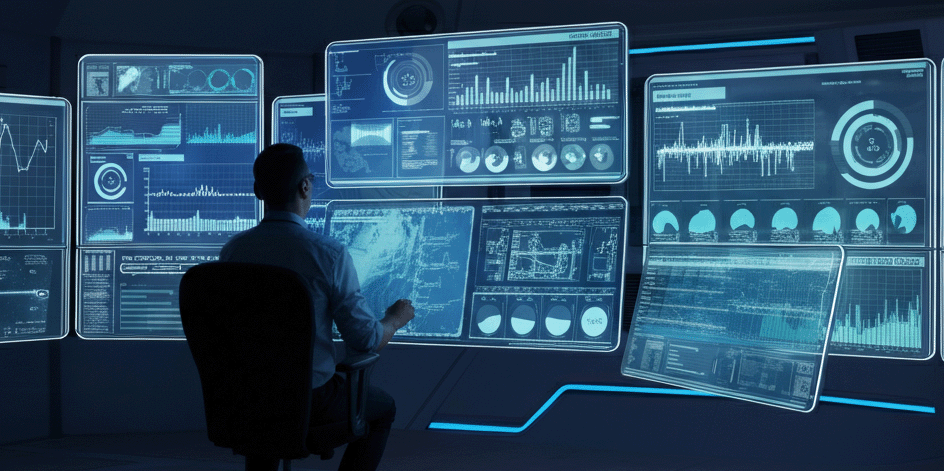


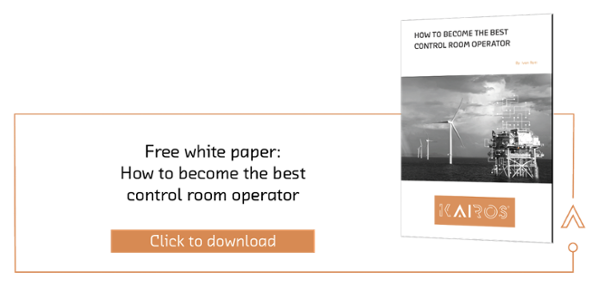


.png)

